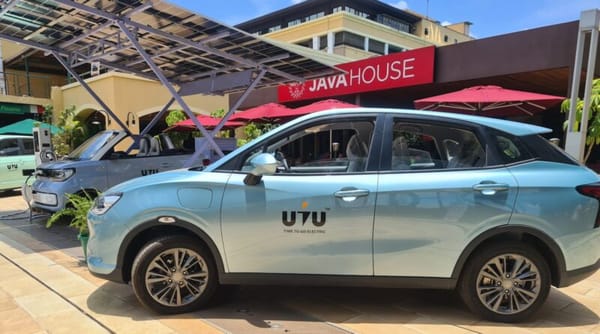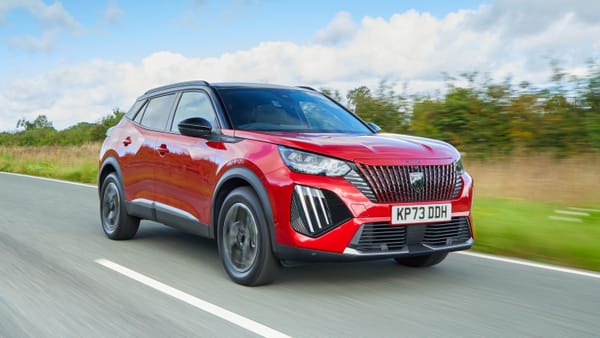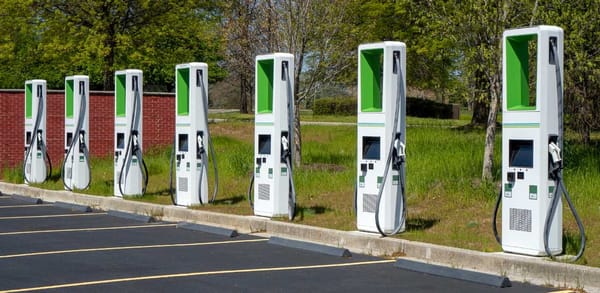Tips Before You Buy An EV
Today’s longest-range cars are still all Teslas, with the flagship Long Range version of the Model S claiming 379 miles, but as with all…
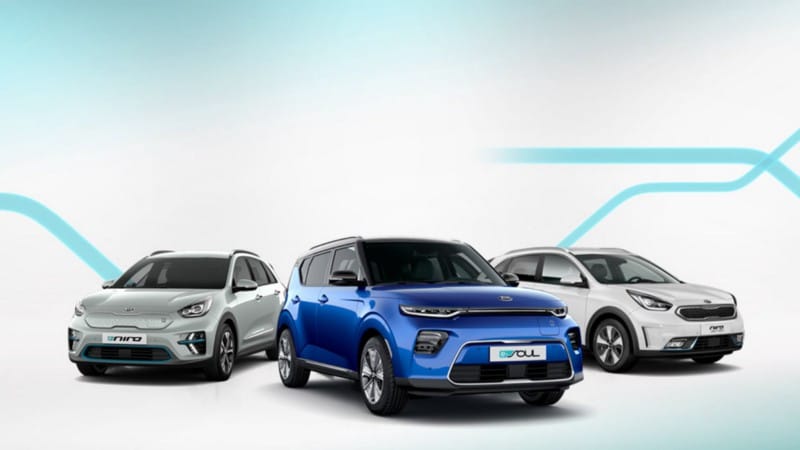
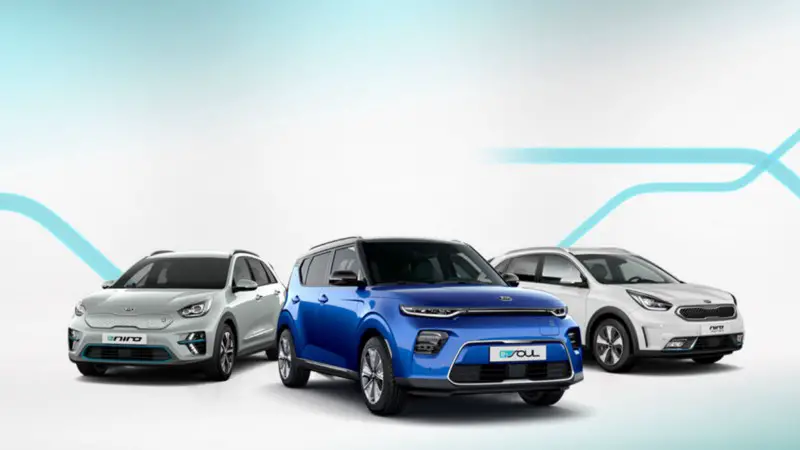
Today’s longest-range cars are still all Tesla, with the flagship Long Range version of the Model S claiming 379 miles, but as with all EVs, this can reduce in cold weather and depends on traffic, temperature, elevation change and driving style.
While diehards will invariably scoff at an EV’s inability to romp across entire continents on a charge, the vast majority of drivers will want to take a break after 200 miles of driving, so having to a plugin for 30 or 40 minutes shouldn’t really be seen as an inconvenience.
If you rack up a lot of short journeys across town, an electric car should suit you well, providing you put some initial groundwork into learning where your local public chargers are, and what charging speeds they offer.
Soon you’ll be an EV native, topping up the battery while doing the weekly supermarket shop, or from outside your favorite café. And don’t forget, the silent simplicity of driving an EV also makes them excellent city cars.
If your daily commute is a few dozen miles, you might get away with only charging at work. This is possible in some places now, as business parks begin installing chargers in their parking bays. If your EV is purely for commuting, this could be all the charge you need.
Electric cars have charging stations plumbed into the navigation systems, so it’s relatively straightforward to include charge stops on longer journeys. Some systems, as in a Tesla, tell you exactly how many minutes to charge for at each station, and how much range you’ll have left when you arrive at your destination. They also show how many chargers are offered, and how many are currently available.
If you plan to rely on a smaller capacity EV as your only car, and occasionally have to cover long distances, you might want to hold off or even buy a hybrid for now. Electric cars have charging stations plugged into the navigation systems, so it’s relatively straightforward to include charge stops on longer journeys. Some systems, as in a Tesla, tell you exactly how many minutes to charge for at each station, and how much range you’ll have left when you arrive at your destination. They also show how many chargers are offered, and how many are currently available.

